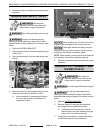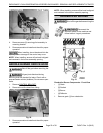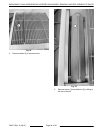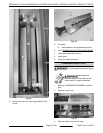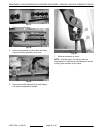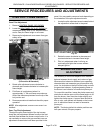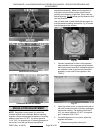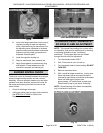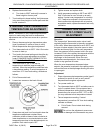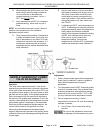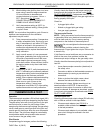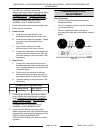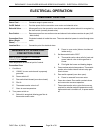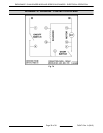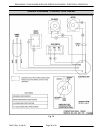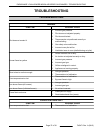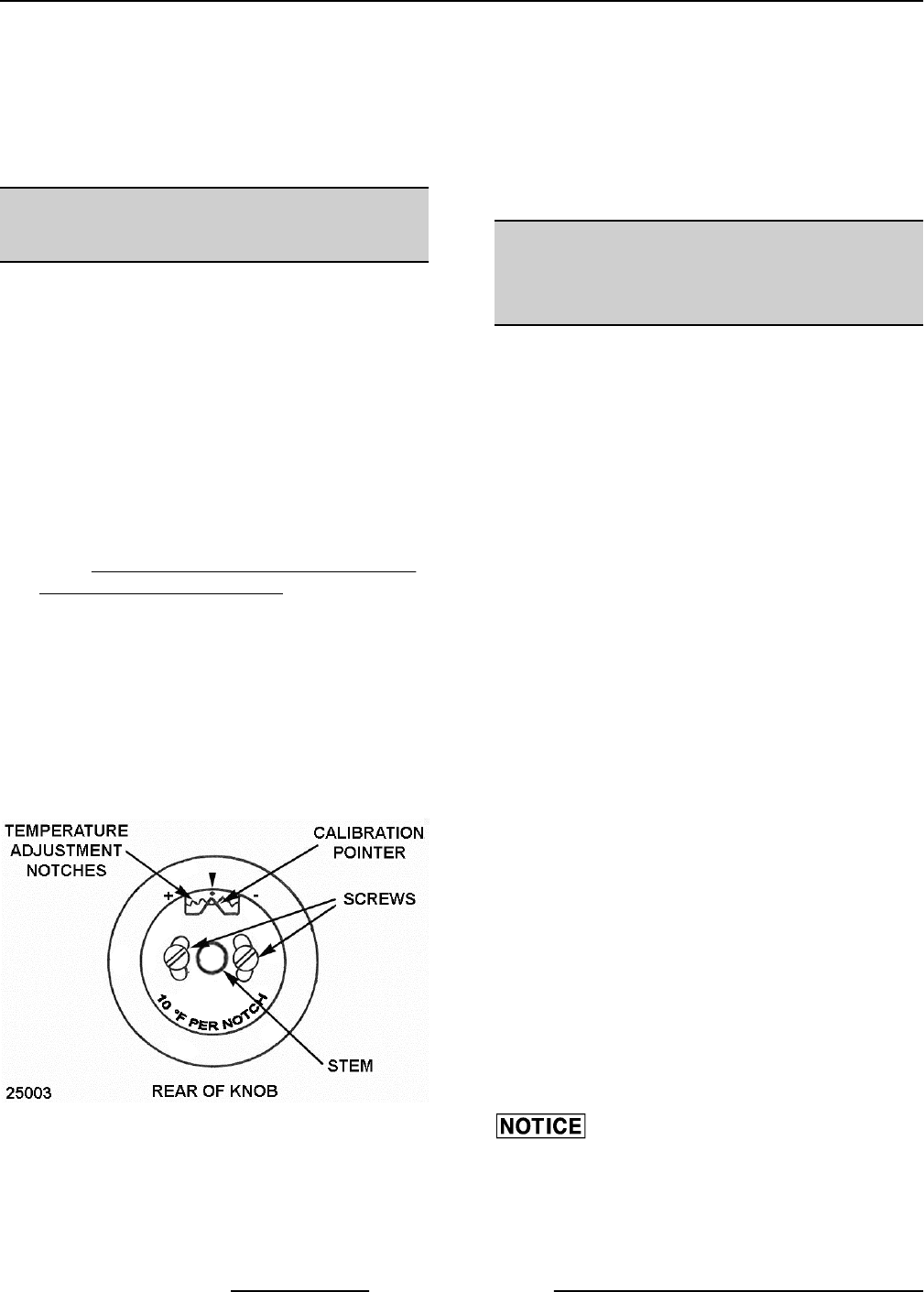
6. Replace thermostat knob.
A. Turn knob to 350°F and verify increase in
flame height on burner ports.
7. Turn knob back to lowest setting. Verify decrease
in by-pass flame height on burner ports and that
burner remains lit.
STANDARD OVEN THERMOSTAT
TEMPERATURE ADJUSTMENT
NOTE: Calibration on this "modulating thermostat"
version is made using the knob for temperature
adjustments and not the inner screw as on previous
versions.
1. Place a thermocouple type temperature probe
(type K preferred) in center of oven to verify
actual temperatures throughout adjustment.
2. Turn thermostat knob to 350°F. Wait 15 minutes
for oven to heat up.
3. Turn knob to the lowest setting and check the by-
pass flame for proper adjustment as outlined
under STANDARD OVEN THERMOSTAT BY-
PASS FLAME ADJUSTMENT.
4. Turn knob back to 350°F and wait for
temperature to stabilize (approximately 30
minutes). When the temperature stabilizes take
a temperature reading. If actual temperature is
more than 15°F from knob setting, calibrate as
follows:
5. Pull off thermostat knob.
6. Loosen two screws on the back of knob.
Fig. 71
7. Grasp stem and push it out from knob to clear the
temperature adjustment notches. Move
calibration pointer at base of stem clockwise to
lower temperature or counterclockwise to raise
temperature as close to the desired setpoint as
possible. Each notch equals 10°F.
8. Tighten screws and replace knob.
9. Verify temperature setting at 400°F and 450°F.
Wait 15 minutes for oven to heat up at each
setting. If actual oven temperature is not within
15°F, readjust as outlined in this procedure. If
three consecutive adjustments do not produce
acceptable results, replace thermostat and verify
calibration.
CONVECTION OVEN
THERMOSTAT-COMBO VALVE
ADJUSTMENT
Operation
The "snap action" thermostat-combo valve is self-
regulating and the thermostat is internally connected
to the valve. When thermostat dial is set to 350°F and
the oven is below setpoint, the valve opens to allow
gas flow and burner lights. As the oven temperature
rises, the pressure from the sensor bulb in the oven
increases. Fluid in the capillary tube expands with the
temperature increase and presses against a
diaphragm in the thermostat. When the oven
temperature reaches setpoint, the internal valve
closes to stop gas flow to burner.
When the oven temperature decreases below
setpoint, the pressure is reduced in the capillary which
reduces the force on the diaphragm allowing the valve
to open again.
Adjustment
1. Place a thermocouple temperature probe (type K
preferred) in center of oven to verify actual
temperatures throughout adjustment.
2. Turn power switch on.
3. Turn thermostat knob to 350°F and allow oven to
cycle 3 complete times. If the customer has a
preferred temperature setting that they always
operate the oven at such as 325°, 375° or 400°,
you may calibrate to that temperature instead.
4. Take a temperature reading. If actual
temperature is more than 20° from knob setting,
calibrate as follows:
A. Pull off knob. Do not rotate knob during
removal.
Do not turn the adjustment screw more
than 3/8 turn or damage to the thermostat may occur.
ENDURANCE / CHALLENGER MODULAR SERIES GAS RANGES - SERVICE PROCEDURES AND
ADJUSTMENTS
F45471 Rev. A (0615) Page 30 of 38



